An important consideration in any building project is the electricity supply, be this getting a new connection to a greenfield site, applying for a stronger electrical load to operate certain high-powered equipment or altering the location of existing poles or electrical lines to accommodate developments to the farmyard.
The cost of these developments can range from negligible to substantial where significant works, such as a new dairy enterprise on a greenfield site which requires a high powered line, are concerned.
Therefore, it is important to factor them into the budget for any farm development project.
Timely planning
ESB public safety manager Michael Murray says that ESB Networks is keen to work with farmers on all electrical requests and advises that timing is important, as there will inevitably be a lead-in time from establishing the required power supply to achieving approval and carrying out the works.
Michael stresses that works should never be carried out in the vicinity of overhead wires or adjacent to poles. Such works should never take place without consulting ESB Networks and appropriate safety controls should always be put in place. Therefore, the electrical supply for any building project should be assessed at the design stage to establish what needs to be carried out and set timelines that will fit into the overall project timeline.
In the case of newbuilds or a first-time connection, the first step is generally engaging with an electrical contractor or consultant at the design or planning stage. This is so the correct network capacity that best suits your farm premises can be established.
This is known as the maximum import capacity (MIC) and all farm supplies must adhere to Electro Technical Council of Ireland (ETCI) regulations.
Establishing the optimum MIC is important, as it sets the upper limit on the electrical load and affects your connection charge. It also ensures you are not paying more than you need.
Electrical loads
Michael explains that the ESB Networks website (esbnetworks.ie) is set up in a manner that provides extensive information on every eventuality, with links to relevant application forms present and the facilities to progress an application.
Electrical loads of 29kVA (29kW) or less are typically for powering farm premises, including animal housing, storage sheds, workshops without welding equipment, pump houses, etc.
Electrical loads of 30kVA (30kW) or more are typically in place where there is a greater electrical load required to run milking parlours or workshops with welding equipment, for example. Applications for increasing or decreasing electricity supply can also be progressed online.
General procedure
The general procedure for new connections or upgrades to the current electrical supply is similar. An application form must include a digital copy of the site plan showing the buildings present or proposed.
An ordnance survey map is also required, showing the location of the site where the works will be carried out. The other main component is the load and connection capacity details, which should be completed in consultation with or by the electrical contractor working on the development.
Once the application is submitted, it will be processed and forwarded to the office covering the area of the new build. Depending on the request and required connection capacity, a site visit may take place before a quote for the works is provided.
Once a quote has been accepted and payment has been made, works will generally be carried out for a standard connection within 60 business days.
Requests for a small commercial connection will follow a similar timeline.
Relocating an existing pole or electricity line
A common request for information that ESB Networks receives relates to instances where existing poles or lines need to be moved to accommodate new buildings or extensions, alterations or remedial works. Given the high levels of interest, the three-step process is explained as follows:
Step 1: Ordnance survey map and site plan:
You will need an ordnance survey map (scale 1:2,500 – 1:10,560) that shows the location of your site, along with a detailed site plan (scale 1:100 – 1:500) showing the layout of any proposed or existing buildings.
The exact location of the line or pole to be moved should be marked with a red pen. In cases where the work you are doing requires planning permission, photocopies of the documentation are accepted.
Step 2: Making the application:
The next step is downloading the application form for the relocation of a pole or line (nw1), or where this is not possible, a copy can be requested by calling 1800-372 757 or 021-238 6555.
The completed form and relevant maps must then be emailed to networkservicesbureau@esb.ie or sent by post to ESB Networks DAC, New Connections, Sarsfield Road, Wilton, Cork, T12E367.
Step 3: Application assessment:
The request will be processed and sent to a design officer in the ESB Networks office covering your area. The application will be assessed and the design officer will contact you to discuss the procedure and advise if a charge is applicable.
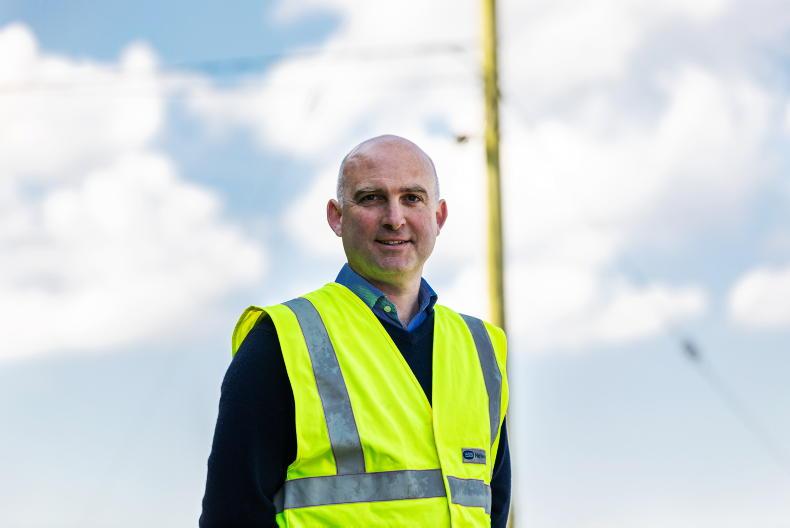
ESB Networks public safety officer Michael Murray on the Irish Farmers Journal Tullamore Farm. \ Philip Doyle
Michael Murray took up the position of ESB public safety manager at the end of 2020, replacing Arthur Byrne. Michael has extensive experience in all facets of the business, having joined ESB as an apprentice electrician in 1994.
Having secured a scholarship in 2003 to return to college, he completed a degree in environmental science and, in 2007, joined ESB Networks environmental management team working as an environmental co-ordinator.
In 2014, he joined the safety team as part of a new safety strategy. He held numerous positions within the team and at the end of 2020, took up the role as ESB public safety manager. His aim is to maintain and enhance ESB Networks communication with the farming sector and the general public to ensure safety procedures are followed and accidents are averted.
“The greatest risk continues to be contact with medium voltage lines and, unfortunately, there are accidents occurring on a continuous basis.
“My aim is to continue to educate people, firstly in identifying risks and, where accidents occur, that people know the safety procedures to follow including immediately contacting ESN Networks (1800 372 999) to avert any dangers.”
An important consideration in any building project is the electricity supply, be this getting a new connection to a greenfield site, applying for a stronger electrical load to operate certain high-powered equipment or altering the location of existing poles or electrical lines to accommodate developments to the farmyard.
The cost of these developments can range from negligible to substantial where significant works, such as a new dairy enterprise on a greenfield site which requires a high powered line, are concerned.
Therefore, it is important to factor them into the budget for any farm development project.
Timely planning
ESB public safety manager Michael Murray says that ESB Networks is keen to work with farmers on all electrical requests and advises that timing is important, as there will inevitably be a lead-in time from establishing the required power supply to achieving approval and carrying out the works.
Michael stresses that works should never be carried out in the vicinity of overhead wires or adjacent to poles. Such works should never take place without consulting ESB Networks and appropriate safety controls should always be put in place. Therefore, the electrical supply for any building project should be assessed at the design stage to establish what needs to be carried out and set timelines that will fit into the overall project timeline.
In the case of newbuilds or a first-time connection, the first step is generally engaging with an electrical contractor or consultant at the design or planning stage. This is so the correct network capacity that best suits your farm premises can be established.
This is known as the maximum import capacity (MIC) and all farm supplies must adhere to Electro Technical Council of Ireland (ETCI) regulations.
Establishing the optimum MIC is important, as it sets the upper limit on the electrical load and affects your connection charge. It also ensures you are not paying more than you need.
Electrical loads
Michael explains that the ESB Networks website (esbnetworks.ie) is set up in a manner that provides extensive information on every eventuality, with links to relevant application forms present and the facilities to progress an application.
Electrical loads of 29kVA (29kW) or less are typically for powering farm premises, including animal housing, storage sheds, workshops without welding equipment, pump houses, etc.
Electrical loads of 30kVA (30kW) or more are typically in place where there is a greater electrical load required to run milking parlours or workshops with welding equipment, for example. Applications for increasing or decreasing electricity supply can also be progressed online.
General procedure
The general procedure for new connections or upgrades to the current electrical supply is similar. An application form must include a digital copy of the site plan showing the buildings present or proposed.
An ordnance survey map is also required, showing the location of the site where the works will be carried out. The other main component is the load and connection capacity details, which should be completed in consultation with or by the electrical contractor working on the development.
Once the application is submitted, it will be processed and forwarded to the office covering the area of the new build. Depending on the request and required connection capacity, a site visit may take place before a quote for the works is provided.
Once a quote has been accepted and payment has been made, works will generally be carried out for a standard connection within 60 business days.
Requests for a small commercial connection will follow a similar timeline.
Relocating an existing pole or electricity line
A common request for information that ESB Networks receives relates to instances where existing poles or lines need to be moved to accommodate new buildings or extensions, alterations or remedial works. Given the high levels of interest, the three-step process is explained as follows:
Step 1: Ordnance survey map and site plan:
You will need an ordnance survey map (scale 1:2,500 – 1:10,560) that shows the location of your site, along with a detailed site plan (scale 1:100 – 1:500) showing the layout of any proposed or existing buildings.
The exact location of the line or pole to be moved should be marked with a red pen. In cases where the work you are doing requires planning permission, photocopies of the documentation are accepted.
Step 2: Making the application:
The next step is downloading the application form for the relocation of a pole or line (nw1), or where this is not possible, a copy can be requested by calling 1800-372 757 or 021-238 6555.
The completed form and relevant maps must then be emailed to networkservicesbureau@esb.ie or sent by post to ESB Networks DAC, New Connections, Sarsfield Road, Wilton, Cork, T12E367.
Step 3: Application assessment:
The request will be processed and sent to a design officer in the ESB Networks office covering your area. The application will be assessed and the design officer will contact you to discuss the procedure and advise if a charge is applicable.

ESB Networks public safety officer Michael Murray on the Irish Farmers Journal Tullamore Farm. \ Philip Doyle
Michael Murray took up the position of ESB public safety manager at the end of 2020, replacing Arthur Byrne. Michael has extensive experience in all facets of the business, having joined ESB as an apprentice electrician in 1994.
Having secured a scholarship in 2003 to return to college, he completed a degree in environmental science and, in 2007, joined ESB Networks environmental management team working as an environmental co-ordinator.
In 2014, he joined the safety team as part of a new safety strategy. He held numerous positions within the team and at the end of 2020, took up the role as ESB public safety manager. His aim is to maintain and enhance ESB Networks communication with the farming sector and the general public to ensure safety procedures are followed and accidents are averted.
“The greatest risk continues to be contact with medium voltage lines and, unfortunately, there are accidents occurring on a continuous basis.
“My aim is to continue to educate people, firstly in identifying risks and, where accidents occur, that people know the safety procedures to follow including immediately contacting ESN Networks (1800 372 999) to avert any dangers.”






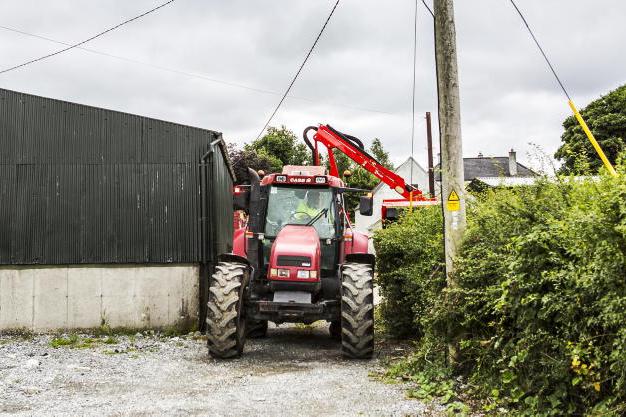
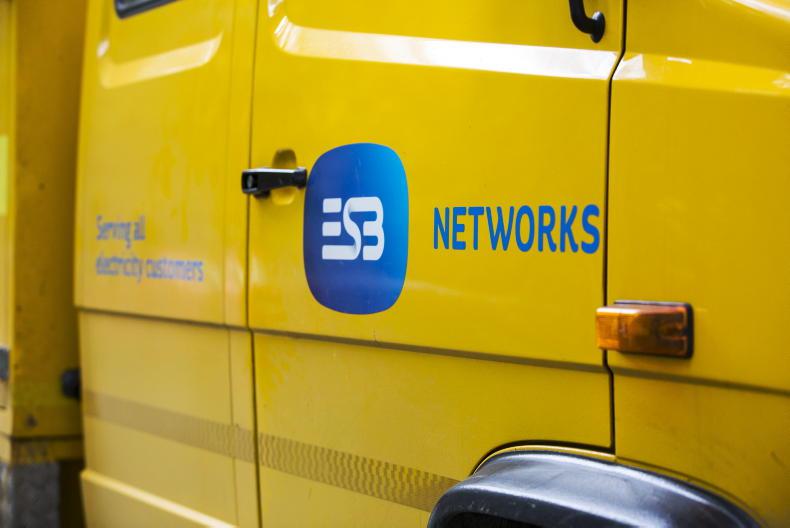
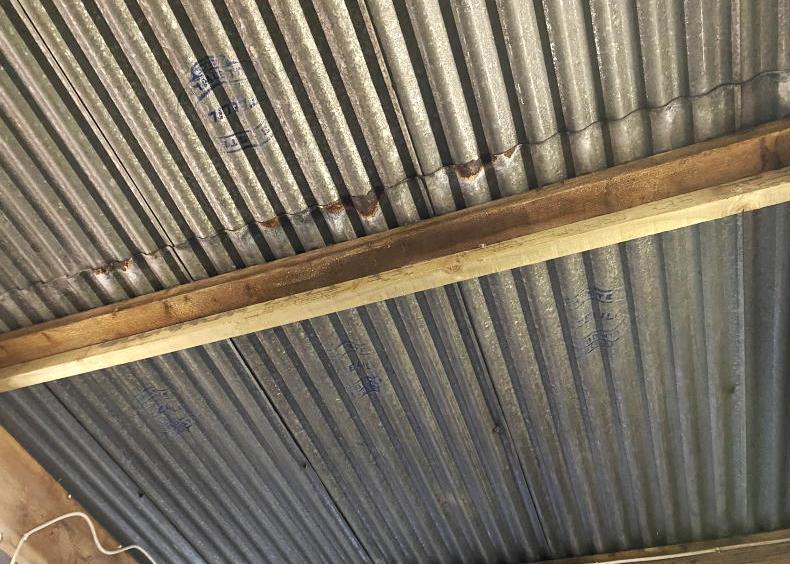
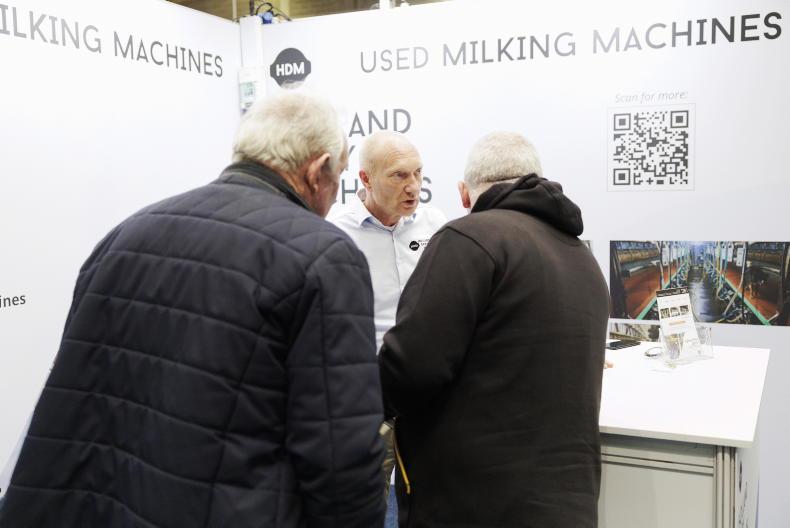
SHARING OPTIONS